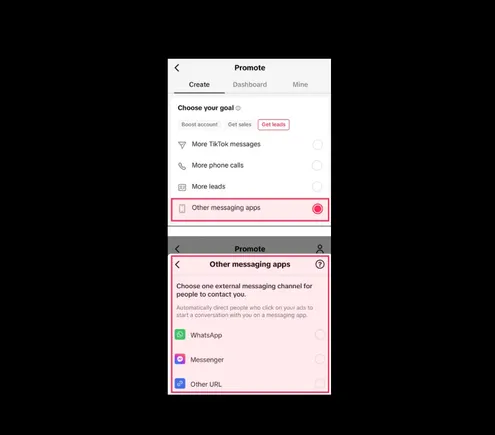Building Devices That Drive Story Suspense
Thriller writers don’t always need a plot to get the creative juices flowing—they need a trigger, a simple idea that creates unease.

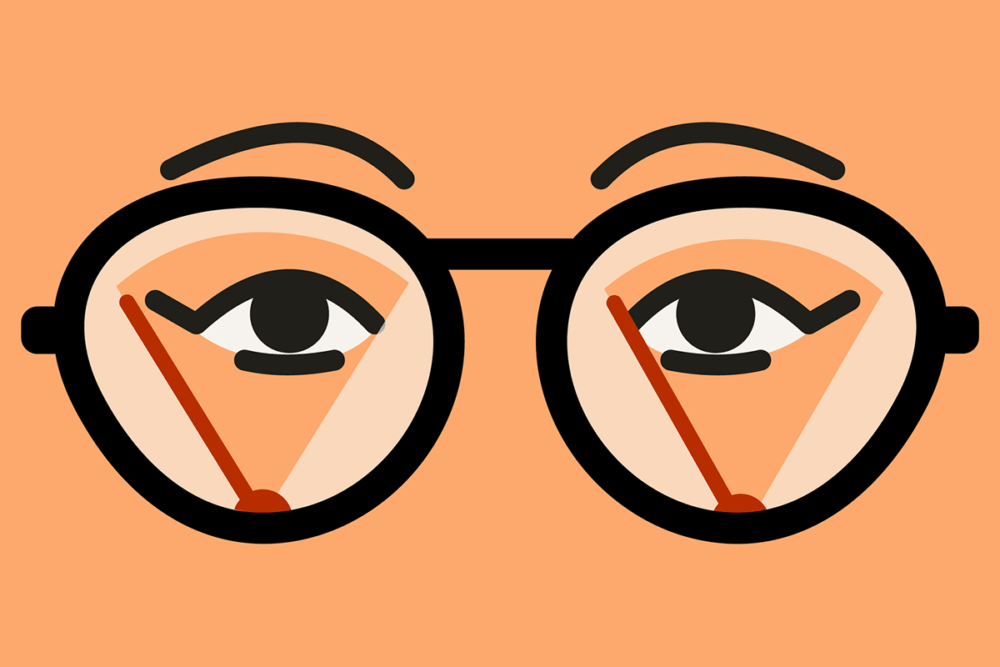
Today’s post is by author Janee’ Butterfield.
Let’s be honest—writer’s block is frustrating. It creeps in when you least expect it and can make even the most dedicated writer feel like they’ve run out of ideas. For thriller writers, the pressure can feel even heavier. You’re not just trying to write—you’re trying to shock, grip, twist, and terrify.
But here’s the secret: you don’t always need a plot to start writing. You need a trigger. And sometimes that trigger is a single object.
Building devices that drive suspense
When I’m stuck creatively, I don’t stare at a blank page and wait for a plot twist to materialize. I start with a device—something strange, eerie, or dangerous. A tool, object, or mechanism that instantly creates unease. From there, the story starts to grow.
In my debut novel Caught in Cryptic, I built the plot around a pair of yellow-tinted glasses. These weren’t your average retro shades. They had tiny windshield wipers that scraped back and forth across the lenses, creating a bizarre and unsettling effect. But their real horror came from what they did: if the wearer disobeyed a certain rule, the glasses would activate a timed chemical agent that burned through the eyes. It was psychological torment with a built-in countdown.
The sequel, Falling Cryptic, expanded that idea with virtual reality glasses that trapped users inside manipulated memories, making it nearly impossible to tell reality from illusion. Both sets of devices served one core function: raise the stakes, distort control, and force my characters into impossible decisions.
The right device doesn’t just add suspense—it becomes the engine of the story.
Why devices work
There’s something primal about the fear of being trapped, controlled, or helpless in the face of an object you don’t fully understand. Devices tap into that.
Here are a few iconic examples that inspired me and perfectly illustrate this concept:
- The Ring (2002): A cursed VHS tape kills anyone who watches it within seven days. It’s simple, tangible, and terrifying. The moment the characters hit “play,” the countdown begins. The tape isn’t just a prop—it’s the core of the horror.
- Saw’s Reverse Bear Trap: This device does more than threaten physical destruction. It represents the larger moral dilemma of the series: how far are you willing to go to survive? Its visceral design and time pressure create immediate dread.
- Stephen King’s Christine: A 1958 Plymouth Fury with a mind of its own. It seduces, possesses, and kills. Christine is both a character and a device—one that transforms the mundane (a car) into something monstrous.
What makes these examples unforgettable isn’t the object itself—it’s the rules tied to them. The countdown. The punishment. The helplessness. It’s the stakes.
Tech meets terror
I work in the tech industry full time and write thrillers on the side, so technology naturally shapes the way I think about suspense. In Caught in Cryptic and Falling Cryptic, I used devices like yellow-tinted glasses that punished disobedience and virtual reality tools that manipulated memory. My newest book, Nighty Night, Dear, introduces the Dream Catcher—a device that turns sleep into a weapon. I’m especially drawn to tools that act like subconscious conditioning—tech that controls behavior in subtle, disturbing ways.
For me, the goal is to make these devices feel possible—grounded in logic, but just eerie enough to keep you up at night.
I always ask myself:
- What fear does this device tap into?
- What are the consequences of its misuse?
- How does it reflect a deeper emotional or societal truth?
Because at the heart of a great device is more than function—it’s a motive. Something the reader can recognize and fear in their own lives.
Literary lifelines
Some of my favorite authors also inspire this approach. Freida McFadden’s psychological thrillers have taught me how to weaponize the ordinary. Jeneva Rose’s clever twists remind me to keep readers guessing. Mia Sheridan’s emotionally rich storytelling challenges me to add heart even to horror.
Each of them, in their own way, builds tension not just through plot but through things—notes, recordings, tech, locked rooms, broken phones. Tangible items that change the game.
Start small
If you’re staring at a blank page, don’t force the plot. Start with the device.
Ask yourself: what object could you place in a room that would shift the atmosphere? What’s the rule attached to it? What happens if someone breaks that rule?
Sometimes the key to moving forward isn’t inventing a new plot—it’s finding the one thing that breaks your character’s sense of safety.
For me, it started with a man at a ballpark wearing yellow-tinted glasses. Something about him gave me chills. Years later, those glasses became the seed for my first thriller. And every book since has been a search for the next eerie mechanism.
Ideas aren’t magic. They’re built—one creepy object at a time.



















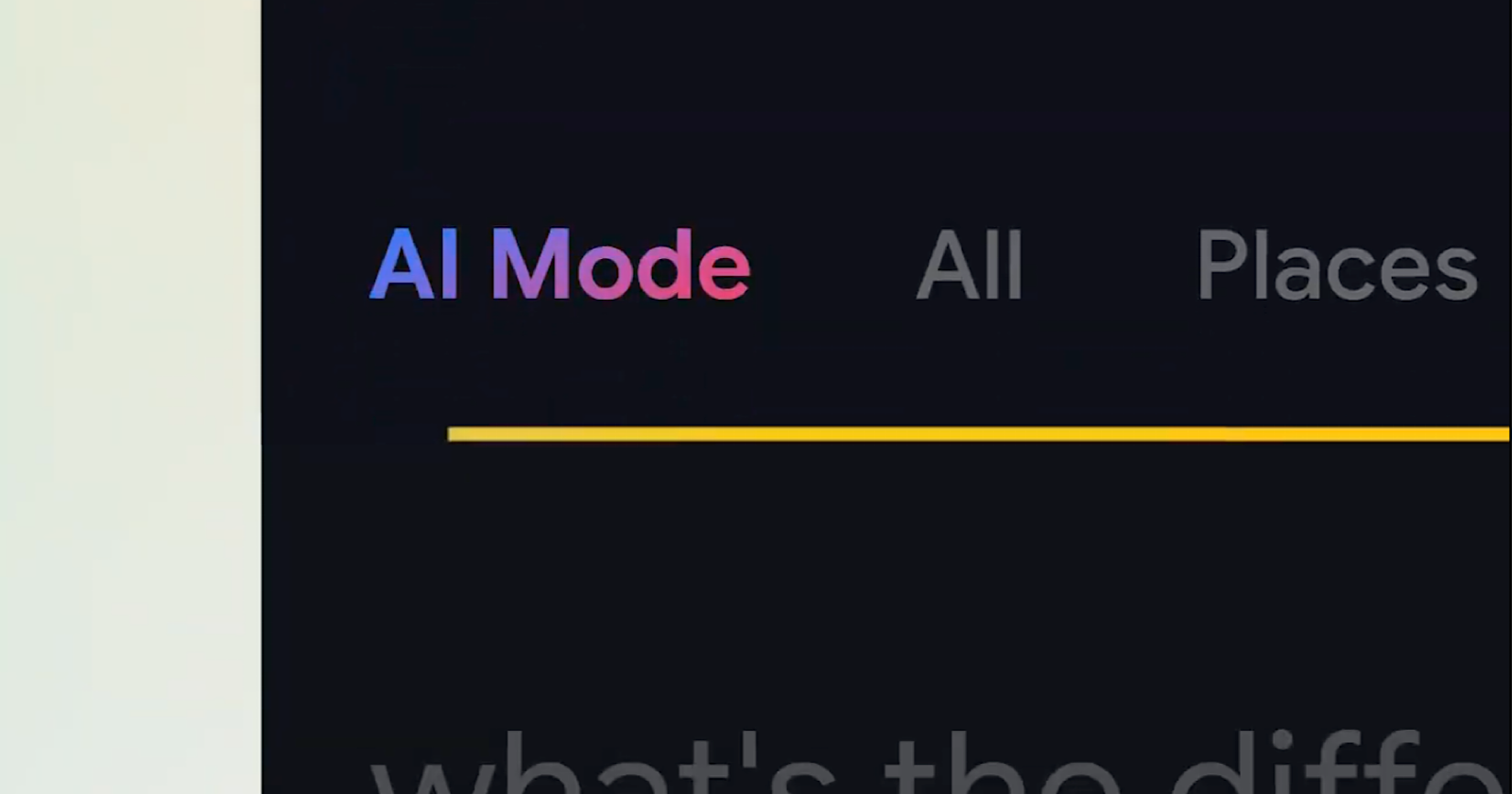

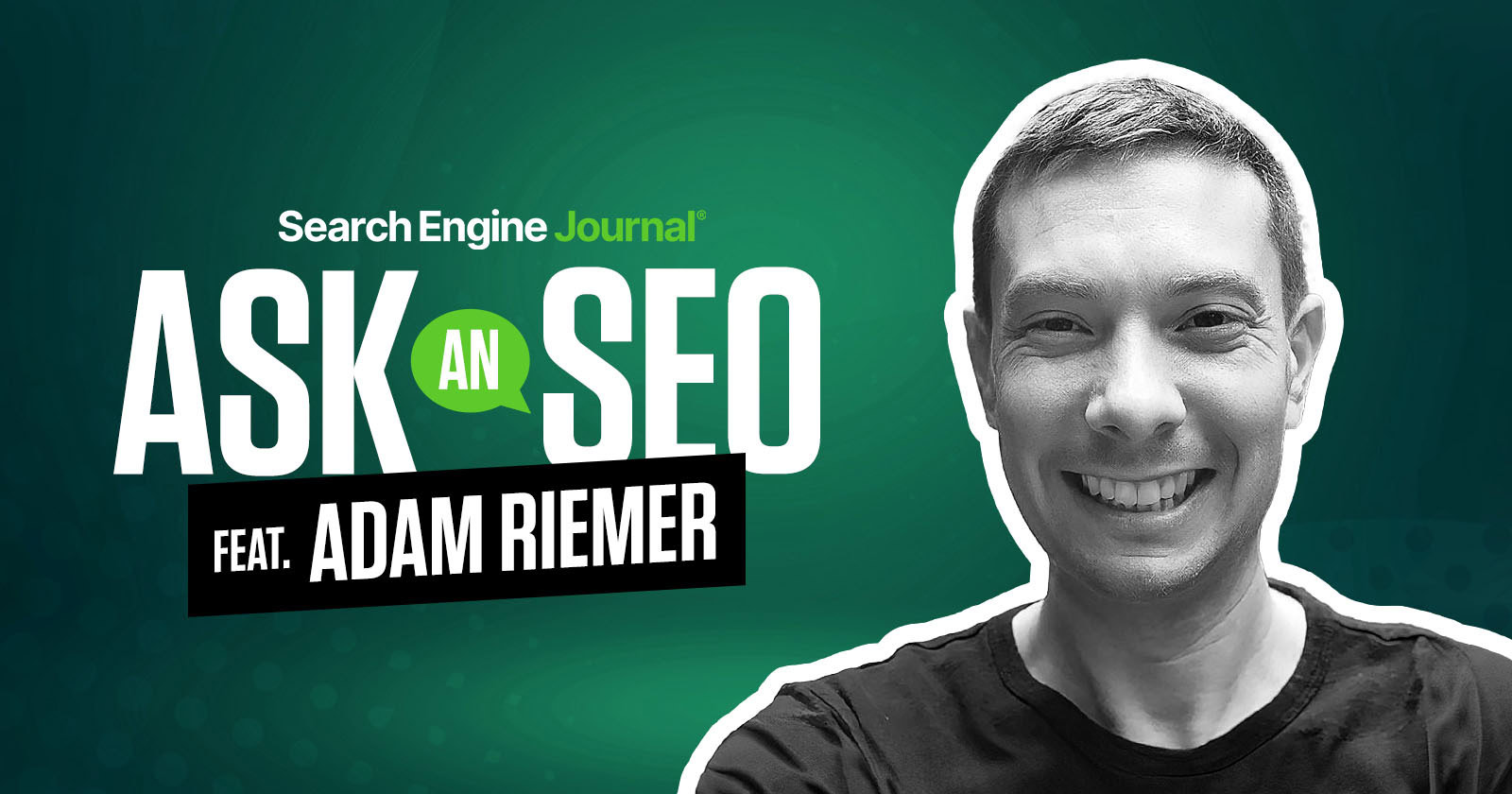










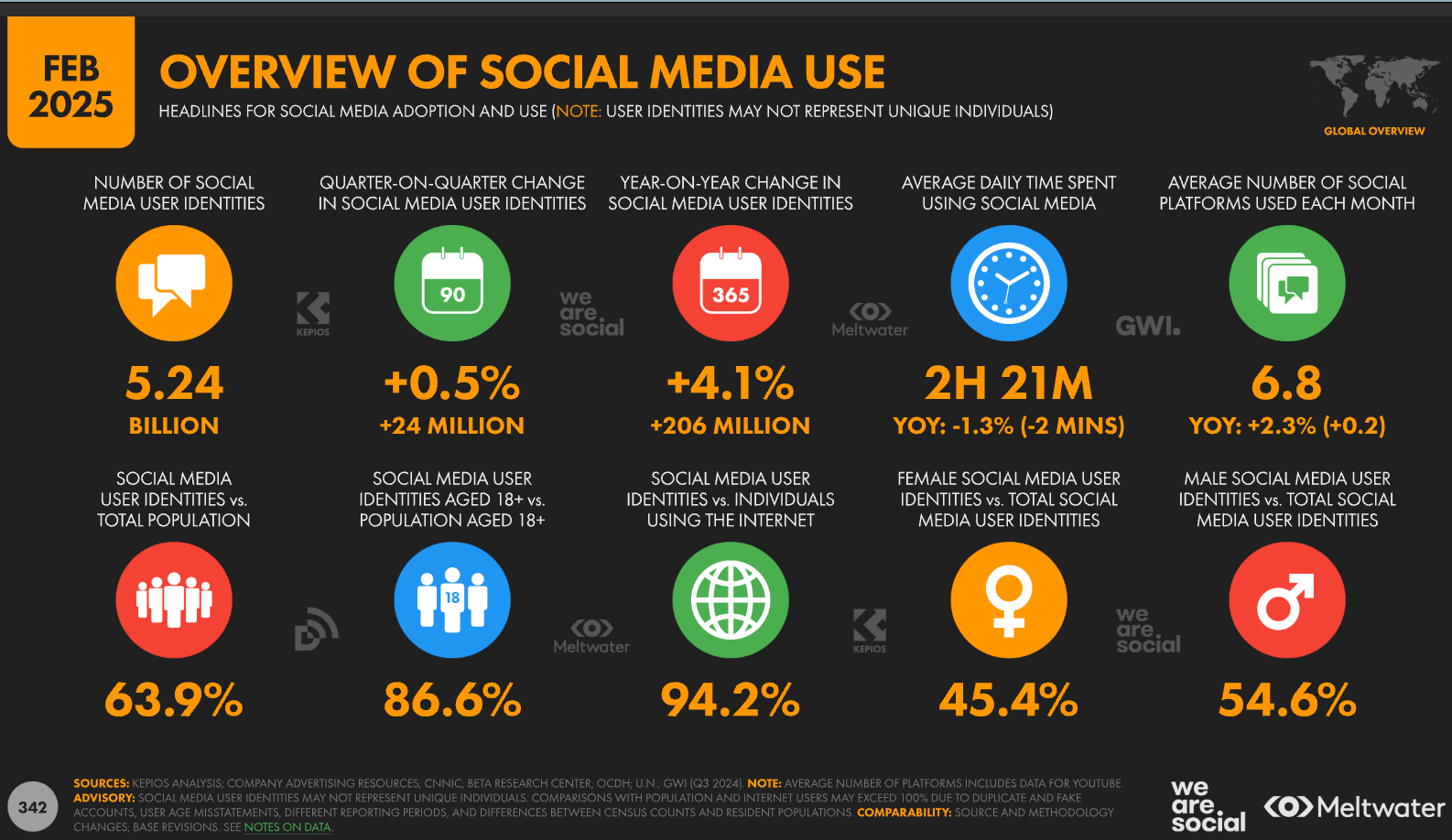
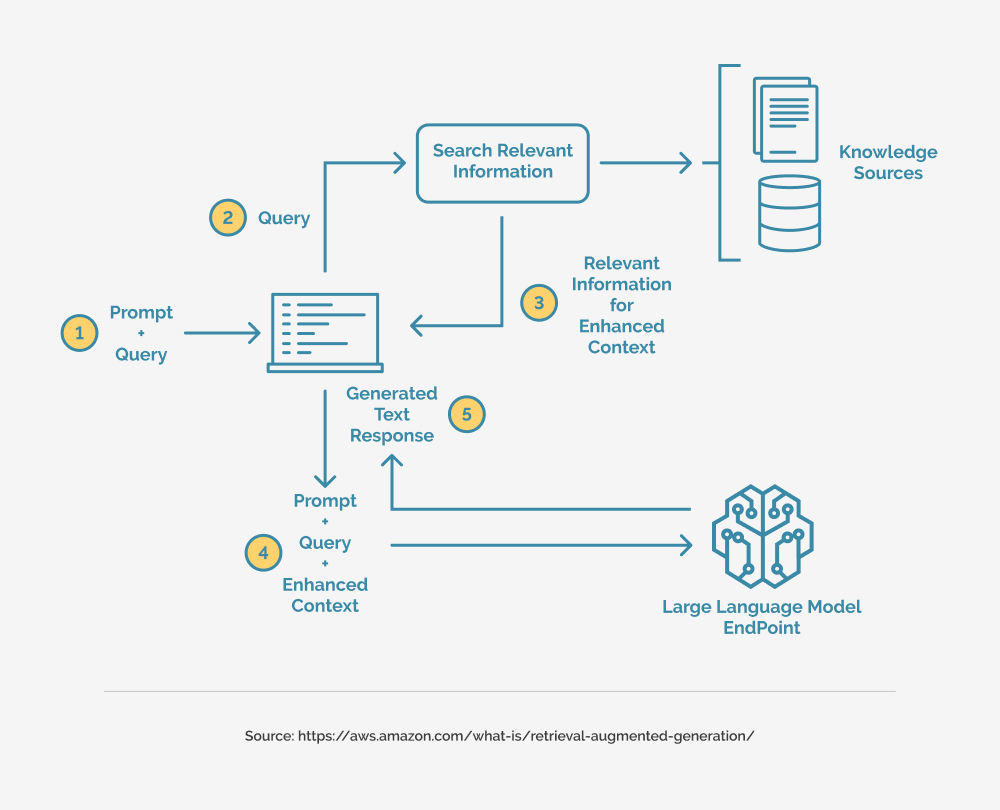














![The 11 Best Landing Page Builder Software Tools [2025]](https://www.growthmarketingpro.com/wp-content/uploads/2024/04/best-landing-page-software-hero-image-1024x618.png?#)





























![How CMOs Can Tell Stories To Manage Change [Case Study With Mondelēz International] via @sejournal, @gregjarboe](https://www.searchenginejournal.com/wp-content/uploads/2025/04/storytelling-634.png)


























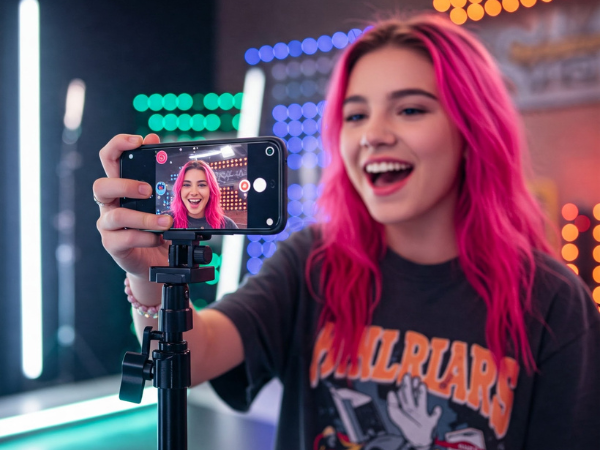
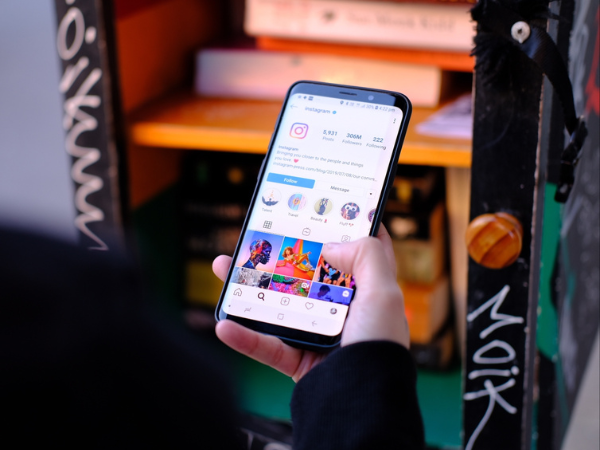







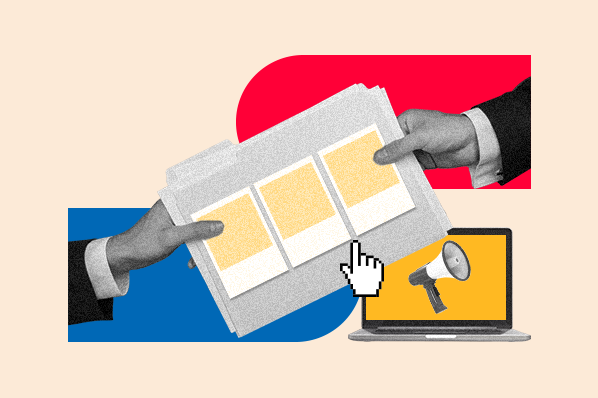
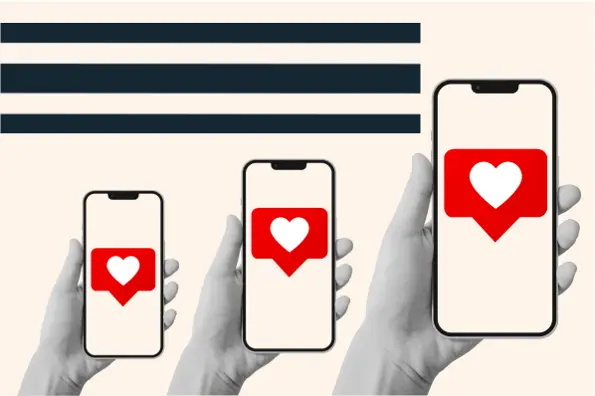
![How to create an infographic in PowerPoint [free templates]](https://www.hubspot.com/hubfs/Untitled%20design%20%2885%29-2.png)












